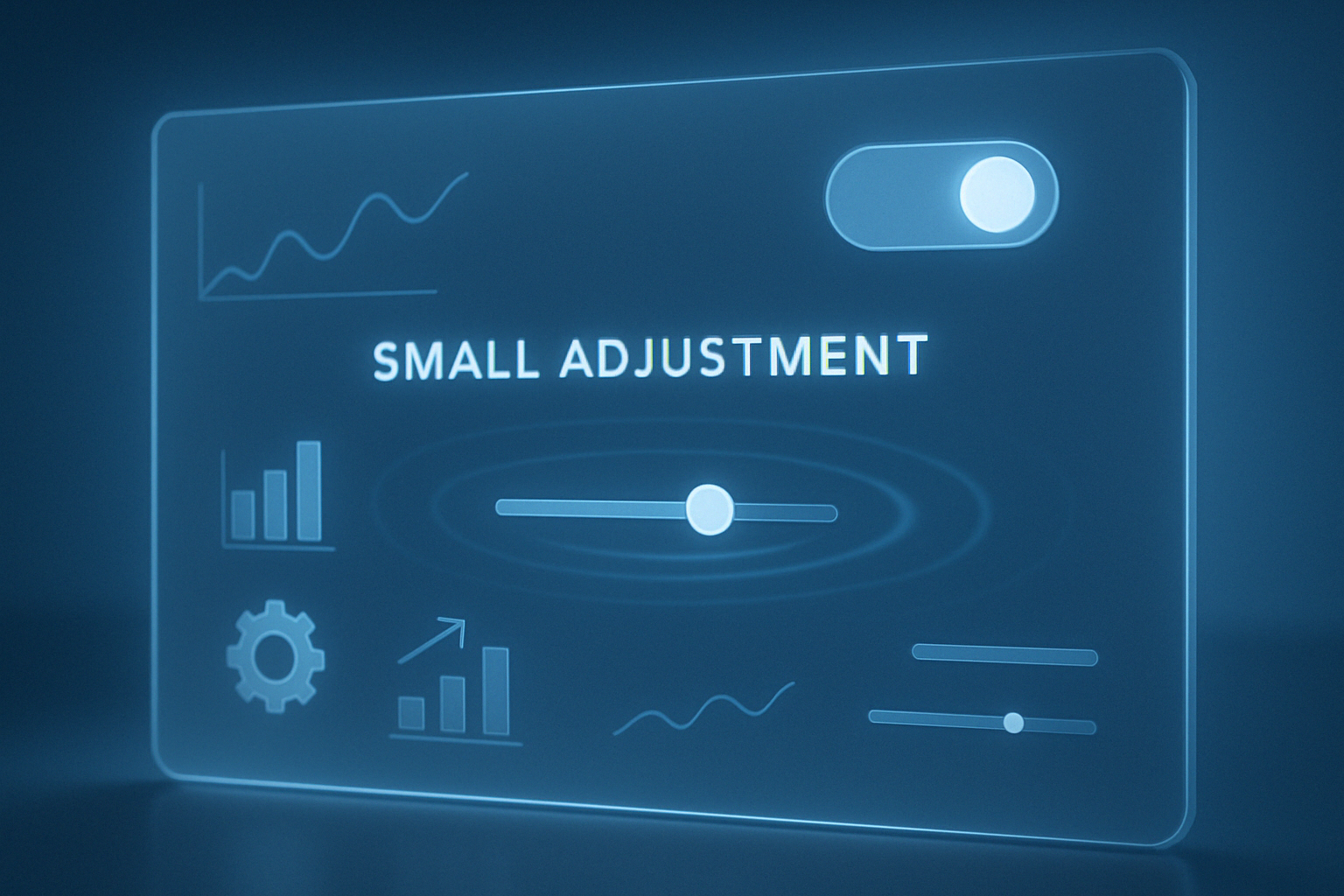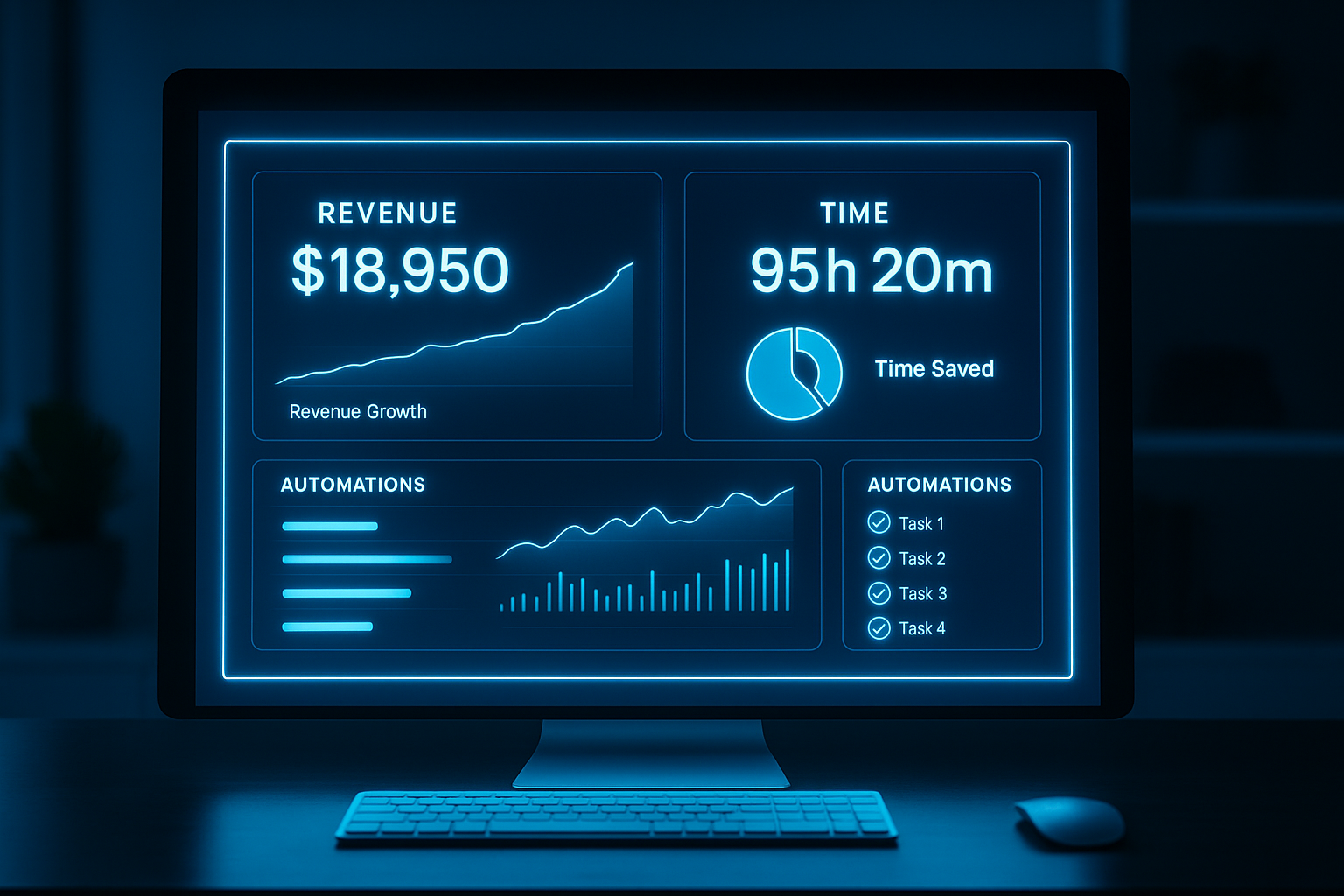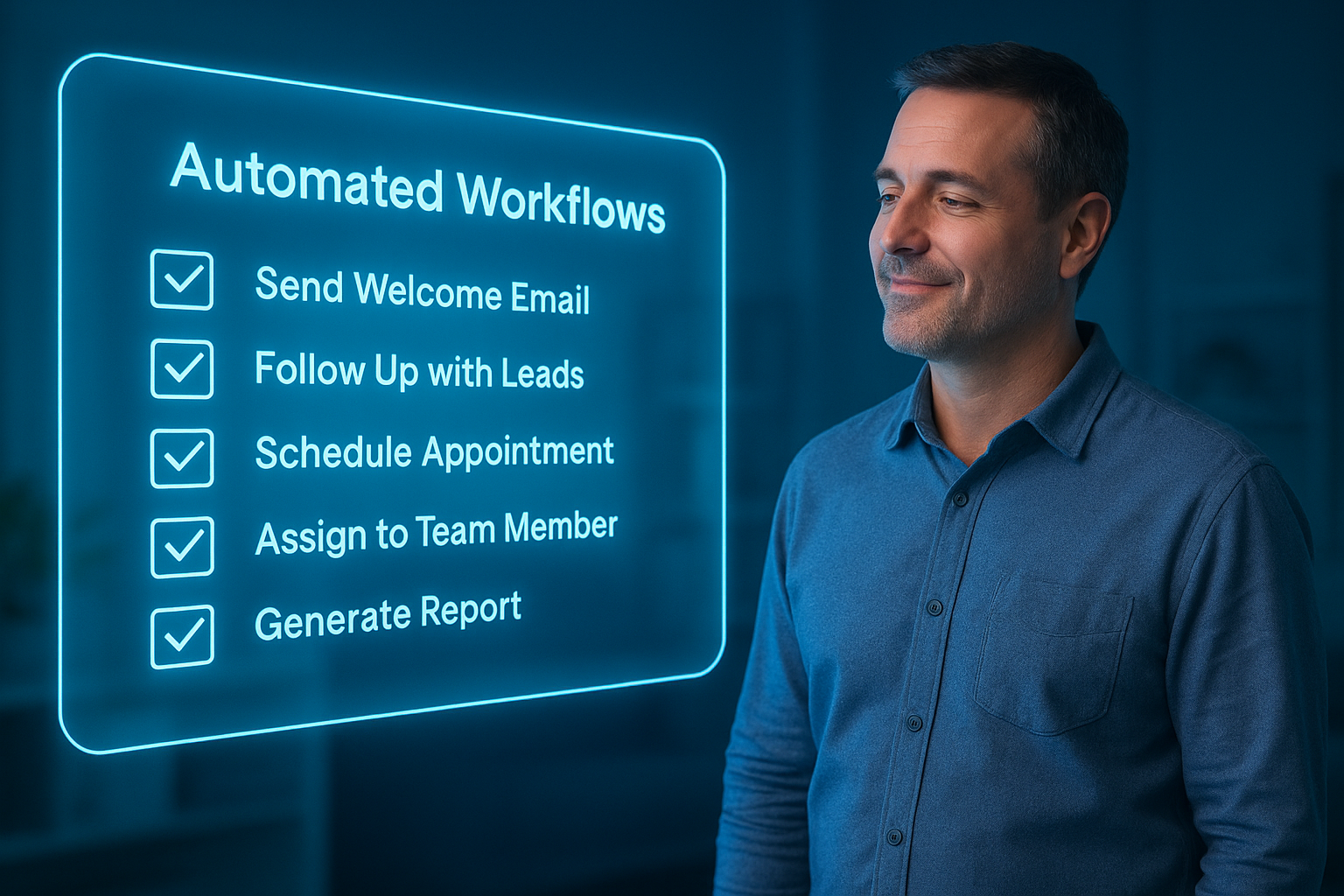1% Improvements: The Secret to Sustainable Business Growth
The Real Way Smart Businesses Scale Without Burning Out

There’s a myth in the business world that says growth has to be explosive—or it’s not worth chasing.
But some of the most successful, sustainable companies didn’t scale because of one big marketing campaign or one massive hire. They grew because they committed to making tiny, repeatable improvements over time.
Big wins are built on small decisions. In systems-driven businesses, 1% improvements compound faster than you think.
In this blog, we’ll explore how incremental upgrades to your workflows, tools, and internal processes can radically transform your efficiency and momentum—without adding overwhelm.
Why 1% Improvements Matter
It’s easy to ignore small inefficiencies.
A couple of extra clicks. A slightly confusing client email. A reminder that has to be sent manually. These don’t seem like dealbreakers, so we keep moving. But multiplied across weeks, clients, and team members, they become friction points that slow everything down.
The 1% mindset is about consistently asking:
- Where can this process be 1% clearer?
- How can this task take 1% less time?
- What would make this step 1% more scalable?
These changes are small enough to implement immediately—but significant enough to shift your trajectory long-term.
The Compounding Effect of Systems Efficiency
Every time you improve a repeatable task by 1%, you're not just saving time once. You're saving time every time that task runs.
Let’s say you shave 2 minutes off a task that happens 20 times a week. That’s 40 minutes a week—nearly 35 hours a year—freed up by one small change.
Now imagine doing that across:
- Client onboarding
- Sales workflows
- Internal task assignments
- Monthly reporting
Suddenly, you're reclaiming full days, not just minutes.
Check out How Automation Boosts Profitability to learn about the ROI of small efficiencies stacked across workflows.
Real-World Example: How Basecamp Simplified to Scale
When the team at Basecamp (a project management software company) found that customers were overwhelmed by too many features, they didn’t try to add more functionality. Instead, they stripped back their interface, tightened up support flows, and focused on clarity.
By making small improvements to user flow and onboarding language, they improved user retention and lowered customer support load—all without increasing their marketing spend.
That’s the power of refining instead of reinventing.
Where to Apply 1% Improvements First
1. Your Client Onboarding
Is there any part of your onboarding process that still relies on manual emails, custom instructions, or one-on-one calls?
- Add a templated welcome email with dynamic links.
- Automate task creation in your CRM once a form is submitted.
- Use a simple intake checklist inside Notion or ClickUp.
Just one of these steps can save 15–30 minutes per new client.
2. Your Lead Follow-Up
If you're still manually chasing leads, a 1% improvement could be as simple as:
- Setting up a 3-email automation sequence.
- Adding a missed call text-back workflow.
- Using dynamic tags to personalize replies automatically.
Not only does this save time—it increases conversion rates too.
3. Your Internal Task Flow
If tasks get lost or delayed often, your system might be too open-ended.
- Assign a due date automatically with templates.
- Add checklists for routine tasks.
- Use automations to assign owners and notify stakeholders.
Over time, this removes confusion, bottlenecks, and dropped balls.
Check out The Systems-First Scaling Strategy to learn how small systems improvements lay the foundation for bigger growth.
The 1% Philosophy in Action
This mindset isn’t just about business. It’s a leadership practice.
Leaders who optimize workflows create a culture where excellence is expected—and improvement is welcomed. You start seeing every inefficiency as an opportunity, not a burden.
Over time, these small gains become competitive advantages.
You deliver faster. You drop fewer balls. You make a better impression—and your clients notice.
Final Takeaway
You don’t need to burn it all down to grow.
Sometimes, the biggest growth comes from fixing the smallest friction.
1% better every week = 67% better by the end of the year. And that kind of growth is sustainable.
Commit to spotting and implementing one improvement every week.
Small steps. Big outcomes.
Next Steps
Ready to make small changes that drive big results? Schedule a strategy session and let’s identify the hidden time leaks in your business—and start stacking 1% wins that build real momentum.
More Marketing Tips, Tricks & Tools










